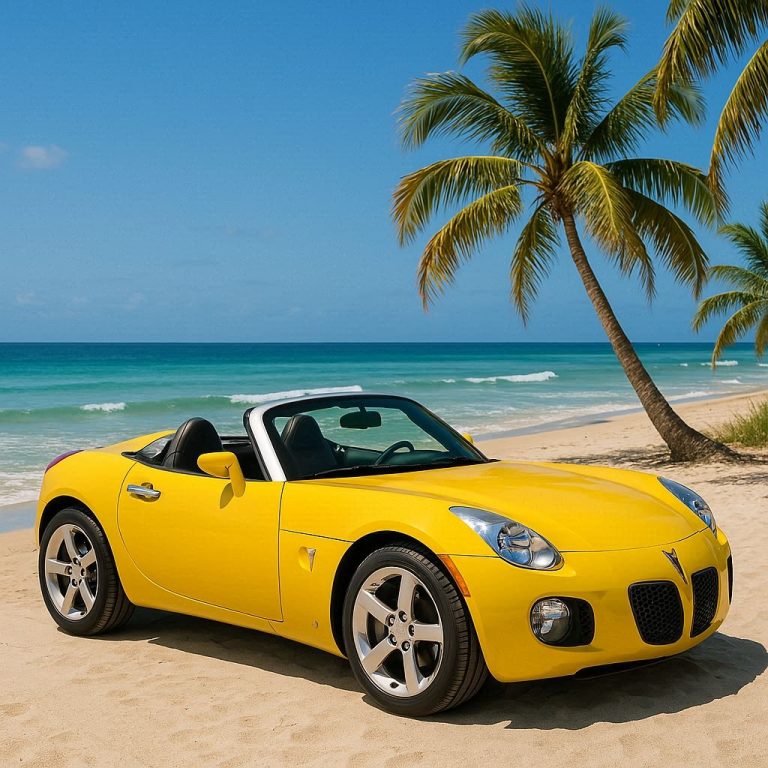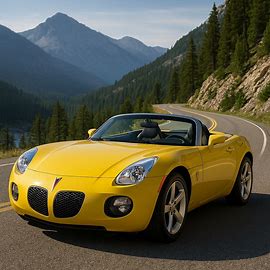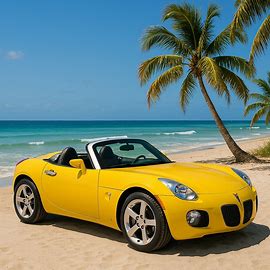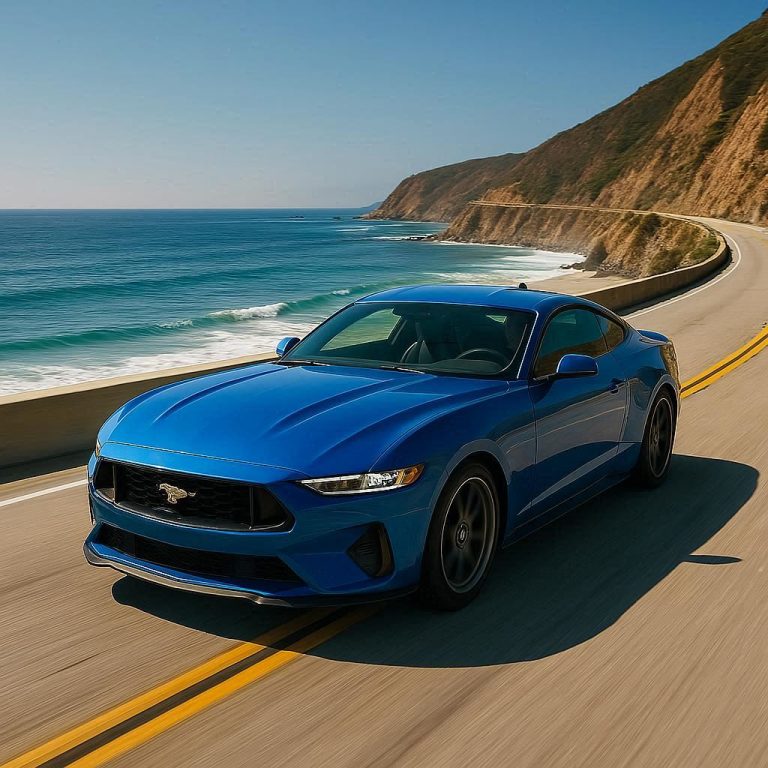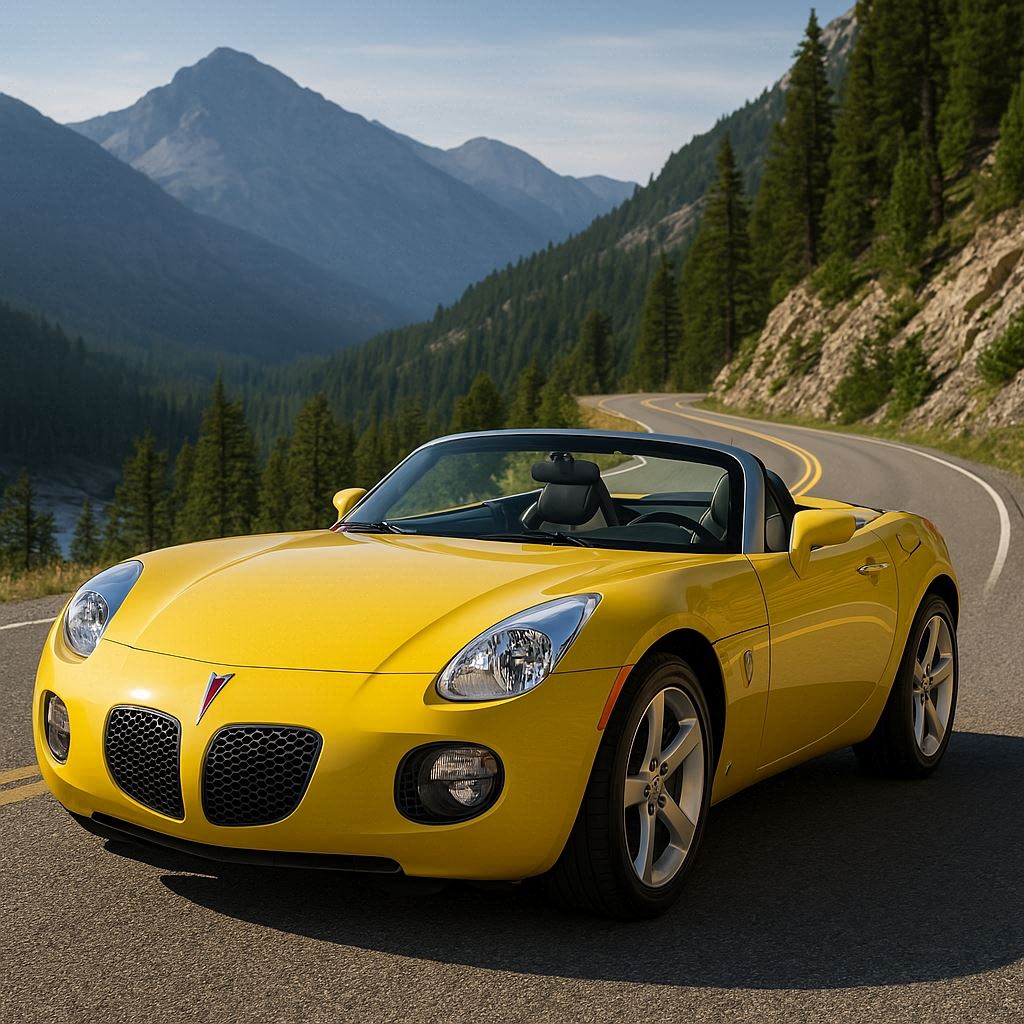
Chapter 2: Social Transformation through Mobility
Part 1: Mobility and Social Dynamics
Before the car, your world was largely defined by how far you could walk or how far a horse could take you. For most people, that meant staying close to home, to their town, to their community. The automobile shattered those limitations, redefining personal freedom in a way that resonated deeply with the American spirit of independence.
Imagine a farmer, previously limited to selling his goods at the nearest market. Suddenly, he could transport his produce to larger cities, negotiate better prices, and expand his business. Consider a young couple, no longer restricted to finding employment or social opportunities within their immediate vicinity. They could explore jobs in neighboring towns, visit relatives who lived further away, or simply escape the confines of their small community for a weekend getaway. The car offered a sense of liberation, a feeling that anything was possible.
This newfound mobility had a profound impact on geographic and social dynamics. People began to move more freely, seeking better opportunities and lifestyles. The rise of suburbia, a phenomenon that would come to define the American landscape, was directly linked to the automobile. People could live further away from their jobs in the city, enjoying larger homes and quieter neighborhoods, while still maintaining easy access to urban amenities.
The car also fostered social mobility. It allowed people from different backgrounds to interact more easily, breaking down social barriers and creating new communities. Church picnics became more common, sporting events more accessible, and social clubs drew members from a wider geographic area. The car, in essence, democratized leisure and social interaction, creating a more interconnected society.
This increased mobility, however, also brought challenges. Small towns, once the heart of American life, began to lose population as people migrated to cities and suburbs in search of better opportunities. The close-knit community structures that had defined rural life for generations began to erode. The car, while liberating individuals, also disrupted traditional social bonds, leading to a sense of displacement and a longing for a bygone era.
Part 2: Cultural Symbolism
The automobile quickly transcended its utilitarian function as a mode of transportation, morphing into a potent symbol of status and individual identity. Owning a car wasn’t just about getting around; it was about making a statement, projecting an image of success, and expressing one’s personality.
In the early days of car ownership, the make and model of your vehicle spoke volumes about your social standing. A luxurious Packard or Cadillac signified wealth and prestige, while a more modest Ford or Chevrolet indicated practicality and affordability. As car ownership became more widespread, people began to customize their vehicles, adding accessories, paint jobs, and modifications that reflected their individual tastes.
The car became an extension of the self, a way to express one’s individuality in a world that was increasingly becoming standardized. It offered a sense of control and autonomy, allowing drivers to create their own personal space within the confines of the vehicle. The open road became a symbol of freedom and adventure, a place where one could escape the pressures of everyday life and reconnect with the natural world.
The changing perception of transportation and personal space was also reflected in the media and advertising of the time. Early car advertisements often depicted families enjoying leisurely drives through scenic landscapes, emphasizing the joy and freedom that came with car ownership. Cars were portrayed as symbols of progress, modernity, and the American dream.
Movies and popular songs also played a significant role in shaping the cultural image of the automobile. Cars became associated with romance, rebellion, and the open road. The image of a young couple driving off into the sunset in a convertible became a powerful symbol of freedom and adventure.
Part 3: Economic and Labor Implications
The rise of the automobile industry had a ripple effect throughout the American economy, creating millions of jobs and transforming consumer economics. The manufacture of cars themselves required a vast network of suppliers, creating jobs in steel, rubber, glass, textiles, and numerous other industries.
The construction of roads and highways, essential for supporting the growing number of cars on the road, also created countless jobs. Road construction crews, engineers, and surveyors were needed to build and maintain the nation’s burgeoning infrastructure. The petroleum industry experienced explosive growth, as the demand for gasoline skyrocketed. Oil refineries, gas stations, and oil exploration companies all thrived during this period.
Car dealerships, repair shops, and auto parts stores sprang up across the country, providing employment opportunities for mechanics, salespeople, and service technicians. The automotive industry became a major driver of economic growth, creating wealth and opportunity for millions of Americans.
Car ownership also transformed consumer economics. People began to spend a larger portion of their income on cars, gasoline, insurance, and maintenance. The rise of consumer credit made it easier for people to afford cars, further fueling demand. The automobile became a symbol of upward mobility, a status symbol that many Americans aspired to own.
The economic and labor implications of the automobile extended far beyond the automotive industry itself. The rise of suburbia, made possible by the car, spurred the growth of the construction industry, as well as the demand for appliances, furniture, and other household goods. The tourism industry also benefited, as people were able to travel more easily and explore new destinations.
The widespread adoption of the automobile also had some negative consequences. The decline of public transportation, particularly streetcars and trains, led to job losses in those industries. The increased reliance on cars contributed to air pollution and traffic congestion, particularly in urban areas.
In conclusion, the early transformations brought about by the automobile set the stage for modern American car culture. The car redefined personal freedom, reshaped social dynamics, became a powerful cultural symbol, and transformed the American economy. The legacy of this era continues to shape our world today, reminding us of the profound impact that technology can have on society. The open road, the freedom of movement, and the symbol of personal expression, all these concepts were born in those early days of American car culture, and they continue to resonate with us today.
Automotive Pioneers and Visionaries
Henry Ford, a name synonymous with the automobile itself, stands as a monumental figure in the history of American car culture, but he wasn’t alone in shaping the automotive landscape. Other pioneers like Ransom Olds, William C. Durant, and Charles Kettering each left their indelible mark, pushing the boundaries of technology and entrepreneurship. Their stories, intertwined with the roar of engines and the scent of gasoline, are tales of ambition, innovation, and the relentless pursuit of a dream.
Henry Ford’s vision was simple: to democratize the automobile. He believed that cars shouldn’t be a luxury item reserved for the wealthy but a practical tool accessible to the average American. Born on a farm in Michigan, Ford had a natural curiosity for mechanics. He was fascinated by machines and driven to improve upon existing technologies. After working as an engineer for the Edison Illuminating Company, Ford dedicated himself to building his own automobile company. His early attempts were met with limited success, but Ford was undeterred. He tinkered, experimented, and relentlessly pursued his vision of a reliable and affordable car.
The breakthrough came with the Model T in 1908. This wasn’t just another car; it was a game-changer. Its simple design, durable construction, and relatively low price made it an instant hit. But what truly set Ford apart was his implementation of the assembly line. Inspired by the meatpacking industry, Ford revolutionized manufacturing by breaking down the car assembly process into a series of specialized tasks. Each worker focused on a single operation, performing it repeatedly as the car chassis moved along the line. This dramatically increased production speed and reduced costs.
The impact of the assembly line was profound. It transformed the automotive industry and influenced manufacturing processes across the globe. Cars that once took days to assemble could now be produced in a matter of hours. This efficiency allowed Ford to lower the price of the Model T, making it even more accessible to the masses. The Model T became an icon, a symbol of American ingenuity and the power of mass production. It put the nation on wheels, transforming rural communities, fostering suburban growth, and forever changing the way Americans lived and worked.
But Ford’s impact extended beyond manufacturing. He also understood the importance of treating his workers well. In 1914, Ford made the unprecedented move of raising his workers’ wages to $5 a day, more than double the prevailing rate. This bold decision not only improved the lives of his employees but also helped to create a stable workforce and boost consumer demand for his cars. He reasoned that if his workers could afford to buy his cars, it would further fuel the growth of his company. This was a revolutionary idea at the time, but it proved to be a brilliant business strategy.
While Henry Ford is a household name, Ransom Olds is a slightly more enigmatic figure, but equally vital to the story of American car culture. Olds was a pioneer in his own right, founding the Olds Motor Vehicle Company in 1897, years before Ford’s success. Olds had a keen eye for innovation, and he was one of the first to embrace the concept of mass production in the automotive industry.
His most famous creation, the Oldsmobile Curved Dash, was a simple, lightweight car that was both affordable and reliable. The Curved Dash became the first mass-produced American automobile, paving the way for the automotive revolution that was to come. Olds understood the importance of marketing and promotion, and he aggressively advertised his cars, creating a national awareness of the automobile.
However, Olds’ vision differed from Ford’s. While Ford focused on continuous improvement and standardization, Olds was more interested in exploring new designs and technologies. He eventually left the Olds Motor Vehicle Company and founded a new company, REO Motor Car Company, where he continued to innovate and experiment with different car designs.
William C. Durant, a charismatic and ambitious businessman, played a pivotal role in shaping the structure of the American automotive industry. Durant wasn’t an engineer or inventor; his genius lay in his ability to organize and consolidate different companies into a single, powerful entity. In 1908, Durant founded General Motors, bringing together several independent car manufacturers, including Buick, Oldsmobile, Cadillac, and Oakland (later Pontiac).
Durant’s vision was to create a full line of cars, offering something for every taste and budget. He believed that a large, diversified company could better compete in the rapidly growing automotive market. Durant’s management style was often impulsive and daring, and he made numerous acquisitions and investments, some of which proved to be successful, while others did not. His bold approach, while ultimately leading to his departure from GM, established a model for the modern automotive corporation.
One of Durant’s most important contributions was his recognition of Alfred P. Sloan Jr.’s talent. Sloan’s organizational and management skills brought stability and long-term planning that allowed GM to surpass Ford in the 1930s.
Charles Kettering, an engineer and inventor, was a key figure in advancing automotive technology. Kettering joined General Motors in 1916. He was a prolific inventor, holding over 186 patents, many of which revolutionized the automobile. His most famous invention was the electric starter motor, which eliminated the need for hand-cranking, making cars easier and safer to operate, especially for women. The electric starter was a monumental achievement, greatly expanding the appeal and accessibility of automobiles.
Kettering also played a crucial role in the development of improved ignition systems, high-compression engines, and leaded gasoline. These innovations significantly improved engine performance and fuel efficiency, making cars more powerful and practical. His research into automotive paints led to the development of durable and colorful finishes, enhancing the aesthetic appeal of automobiles. Beyond his specific inventions, Kettering fostered a culture of innovation at General Motors, encouraging engineers to experiment and push the boundaries of automotive technology.
These pioneers, Ford, Olds, Durant and Kettering, were driven by different motivations and possessed unique talents, yet they all shared a common vision: to transform transportation and improve the lives of Americans through the automobile. Ford’s focus on affordability and mass production made cars accessible to the working class. Olds embraced early mass production and marketing. Durant’s organizational skills created the modern automotive corporation, and Kettering’s inventions made cars safer, more reliable, and more enjoyable to drive.
Their individual contributions, combined with the efforts of countless other engineers, designers, and entrepreneurs, propelled the American automotive industry to the forefront of the world stage. They not only transformed transportation but also reshaped American society, culture, and economy. Their legacy continues to inspire innovation and shape our relationship with the automobile today.
